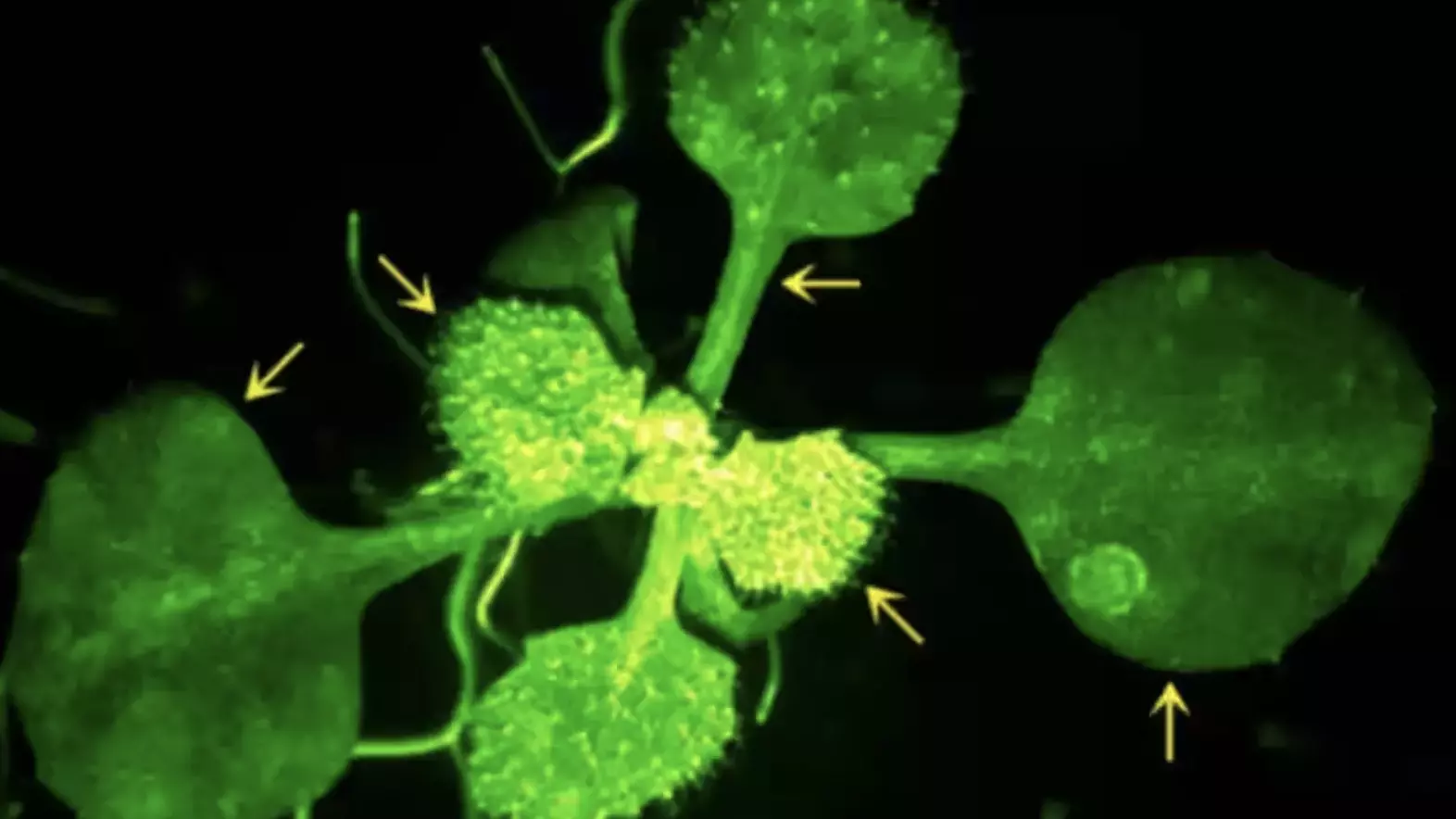Ground breaking; the mysterious world of plant communication: Saitama University, Japan
In a groundbreaking study published last year, researchers from Saitama University in Japan illuminated the mysterious world of plant communication.
image for illustrative purpose

In a groundbreaking study published last year, researchers from Saitama University in Japan illuminated the mysterious world of plant communication. Led by molecular biologists Yuri Aratani and Takuya Uemura, the team unveiled the intricate process by which plants receive and respond to airborne signals from their distressed counterparts.
Unlike human senses, plants utilize a subtle mist of airborne compounds to convey messages and defend against potential threats. These compounds, akin to scents, serve as a warning system against hungry herbivores and notify neighboring plants of imminent danger.
Traditionally, scientists focused on how plants emit these signals, but the mechanism by which they interpret them remained largely unexplored. Aratani, Uemura, and their colleagues addressed this gap by employing cutting-edge imaging techniques to observe real-time plant responses to airborne cues.
The experiment involved transferring compounds emitted by wounded and insect-infested plants onto intact neighbors while monitoring their reactions using a fluorescence microscope. By genetically modifying the plants to fluoresce upon detecting calcium ions—an essential component of cellular communication—the researchers could visualize the response in real time.
In one experiment, caterpillars were introduced to tomato plants and Arabidopsis thaliana, a common mustard family weed. The undamaged Arabidopsis plants, equipped with fluorescent biosensors, exhibited bursts of calcium signaling upon exposure to the volatile compounds released by their distressed counterparts.
Further analysis revealed specific compounds, such as Z-3-HAL and E-2-HAL, responsible for triggering calcium signals in Arabidopsis. By engineering fluorescent sensors exclusively in guard, mesophyll, or epidermal cells of Arabidopsis plants, the researchers pinpointed the cells' response hierarchy.
Guard cells, which regulate stomata openings, were the first to generate calcium signals upon exposure to Z-3-HAL, followed by mesophyll cells. Pre-treating plants with a phytohormone that closes stomata significantly reduced calcium signaling, indicating the pivotal role of stomata as the plant's "nostrils."
Masatsugu Toyota, a senior author of the study, emphasized the significance of their findings, describing the ethereal communication network as a vital mechanism for safeguarding neighboring plants from impending threats. This groundbreaking research sheds light on the sophisticated ways in which plants protect themselves and support their community.

